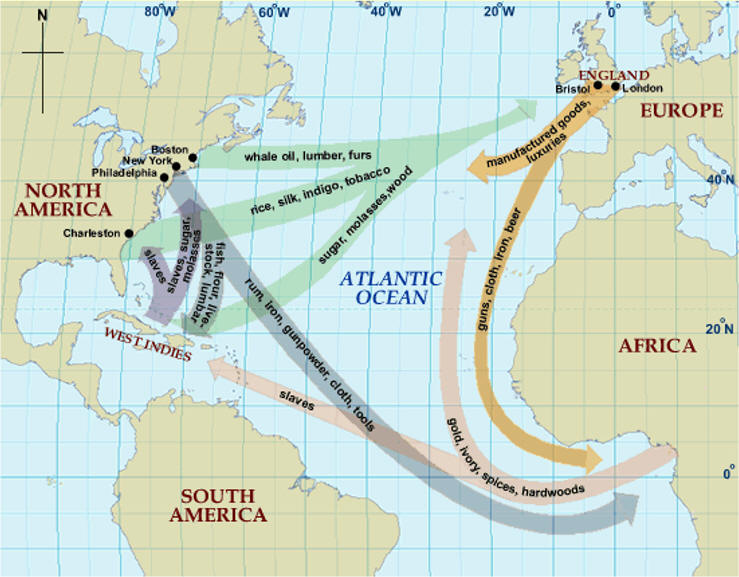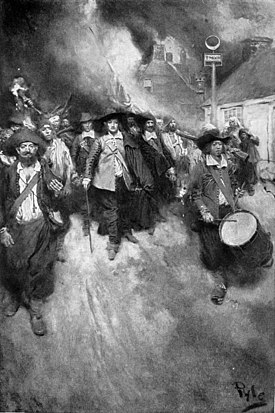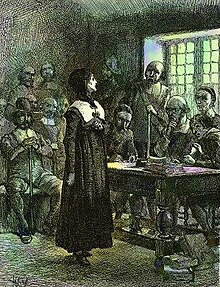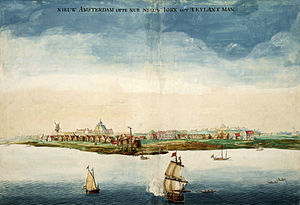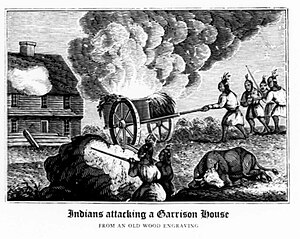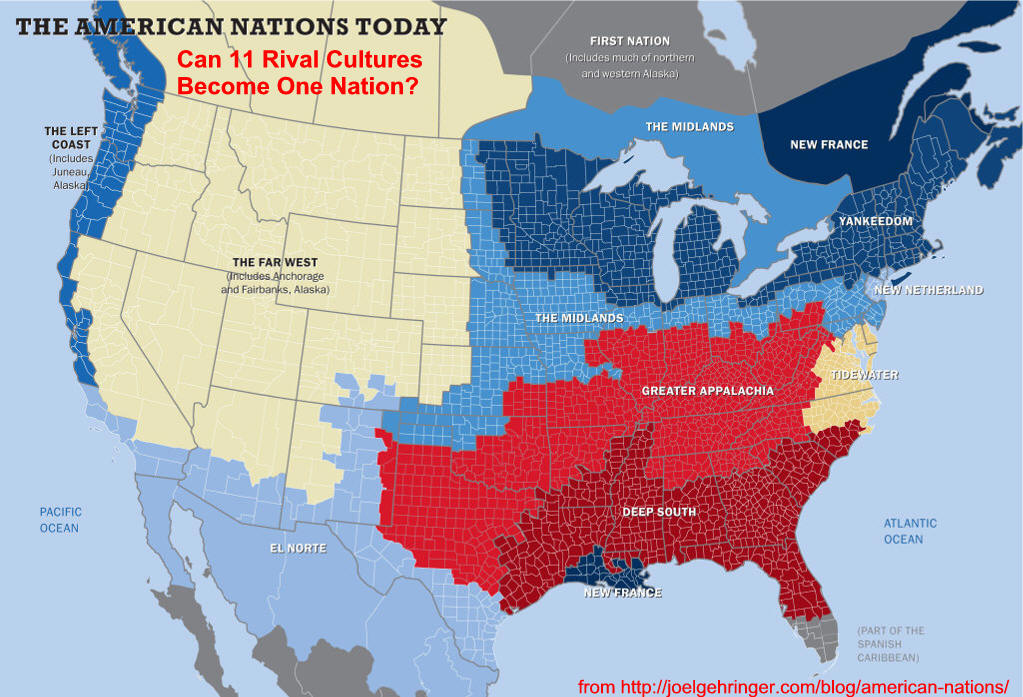
Turning Points in American History
summarized
and arranged by
W.
Antoniotti
from audio course
of
Professor
E. T. O'Donnell
Part 1 The Colonial Period
1. The Great Smallpox Epidemic of 1617
2. 1619 Began Representative Democracy and Slavery
3. Freedom of Religion Began in 1636
4. All Immigrates Welcomed By 1654 New Amsterdam
A turning point
is when a society takes a new historically
significant trajectory
creating a new historical reality.
It may be
marked by the emergence of a new technology
and the establishment
of a new ideal.
The impact may be immediate or develop over time.
Part 2
Growing a Democratic Republic
Part 3
Growing a Nation
Appendix: 1.
One Nation or Eleven
2.
Trump's New Political Era s Turning
Point?
\8/29/22 Please link to, use
to educate and share.
